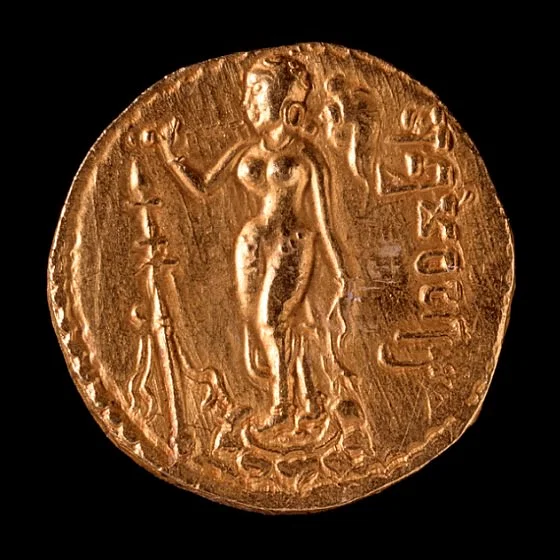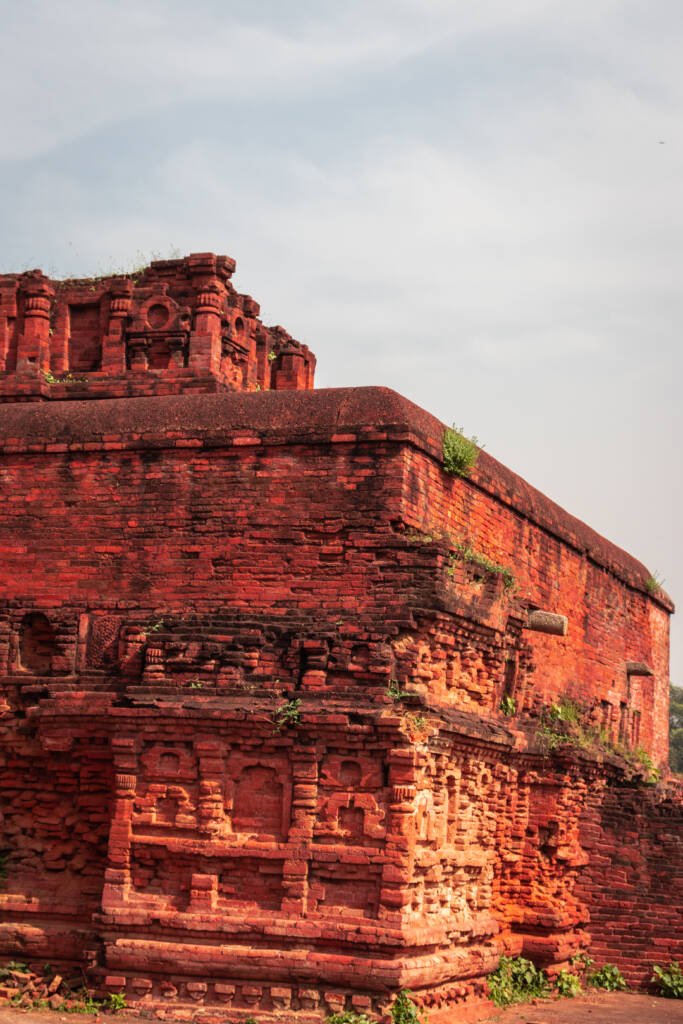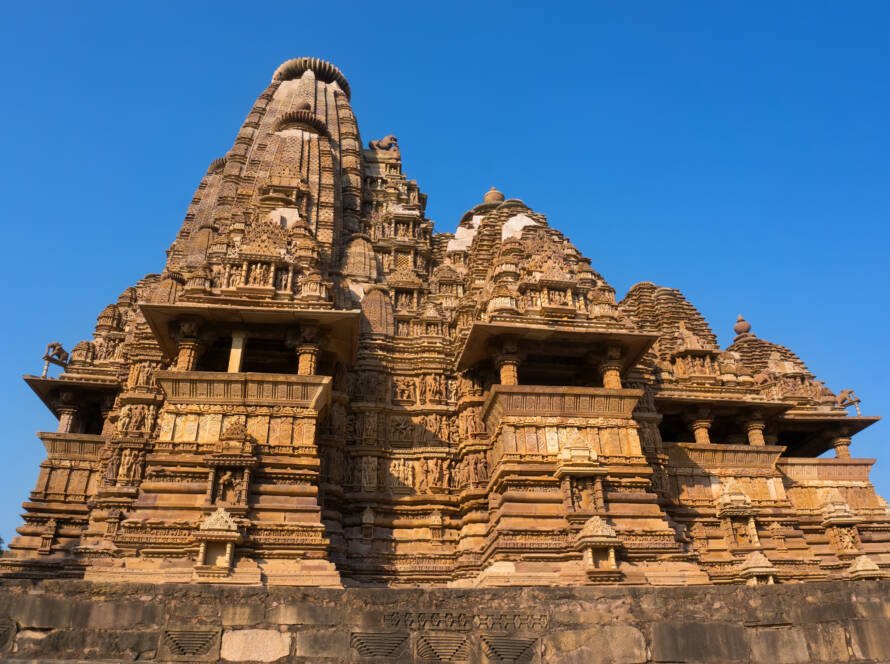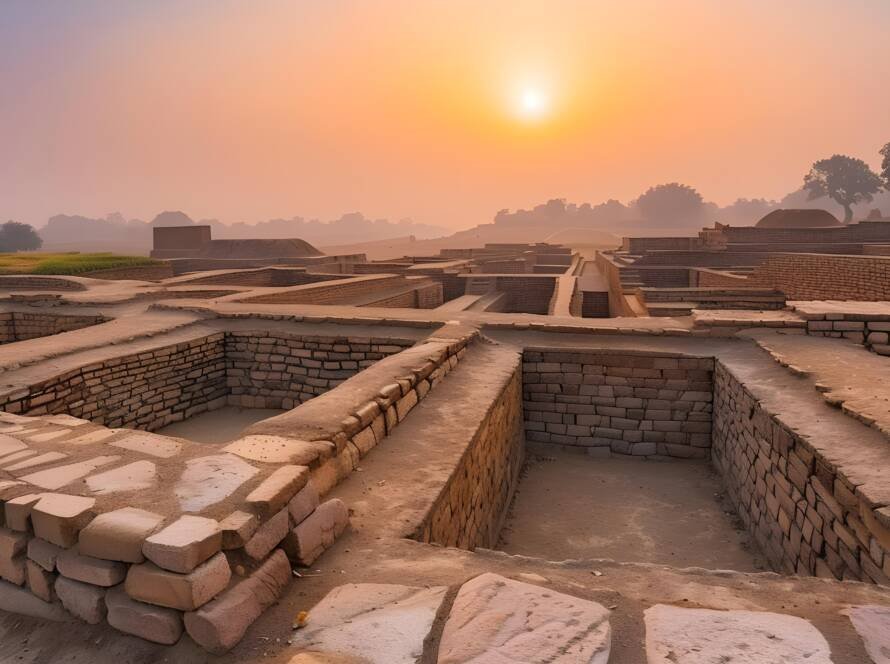Ancient India, a cradle of civilization, has been a wellspring of intellectual, spiritual, and artistic achievements that have shaped the course of human history. Among its many illustrious epochs, the Gupta Period (c. 320–550 CE) stands out as a beacon of cultural and artistic brilliance. Often hailed as the “Golden Age” of India, this era witnessed unparalleled advancements in art, literature, and science, laying a rich cultural foundation that continues to inspire and captivate generations.
The Gupta Empire, founded by Sri Gupta, reached its zenith under the rule of Chandragupta I, Samudragupta, and Chandragupta II. These rulers not only expanded the empire’s boundaries but also fostered an environment where art and culture could flourish. The stability and prosperity of the Gupta Empire provided the perfect backdrop for a renaissance in creative expression and intellectual pursuit.


One of the most remarkable aspects of the Gupta Period was its achievements in art. This era produced some of the most exquisite sculptures, intricate temple architecture, and beautiful paintings in Indian history. Gupta sculptures, often carved from sandstone, are renowned for their detailed craftsmanship and graceful forms. The portrayal of gods, goddesses, and mythological scenes in these sculptures reflects the deep religious and spiritual ethos of the time. Temples such as the Dashavatara Temple in Deogarh and the Vishnu Temple in Tigawa stand as testaments to the architectural ingenuity of the Gupta craftsmen. These temples, with their elaborate carvings and well-planned structures, laid the groundwork for the evolution of Indian temple architecture in the centuries to come.
The Gupta Period was also a golden age for literature. This era saw the composition of some of India’s most enduring literary works. Among these, the plays and poems of Kalidasa stand out for their lyrical beauty and profound insight into human nature. Kalidasa’s works, such as “Shakuntala” and “Meghaduta,” are celebrated not only for their poetic excellence but also for their deep emotional resonance and timeless themes. Another significant literary contribution from this period is the “Panchatantra,” a collection of fables that imparts moral lessons through engaging stories of animals and humans. The “Panchatantra” has been translated into numerous languages and continues to be cherished worldwide for its wisdom and wit.
The advancements in science during the Gupta Period were equally remarkable. The era saw significant contributions to astronomy and mathematics, with scholars like Aryabhata leading the way. Aryabhata’s work, the “Aryabhatiya,” introduced groundbreaking concepts in mathematics, including the approximation of pi and the concept of zero as a placeholder. His astronomical observations and calculations, such as the accurate determination of the Earth’s circumference and the explanation of lunar and solar eclipses, were far ahead of their time. These scientific achievements not only advanced knowledge in their respective fields but also laid the foundation for future discoveries.

The Gupta Period’s cultural and intellectual achievements were not confined to the realms of art, literature, and science. This era also saw the development of important philosophical and religious ideas that would shape Indian thought for centuries. The promotion of Hinduism, alongside the tolerance of other religions like Buddhism and Jainism, created a rich and diverse spiritual landscape. This inclusiveness and intellectual openness fostered a climate of dialogue and synthesis, further enriching the cultural fabric of the time.
In conclusion, the Gupta Period truly deserves its epithet as a “Golden Age” of art and culture. The era’s remarkable achievements in sculpture, architecture, literature, and science set high standards and left an indelible mark on India’s cultural heritage. The Gupta rulers’ patronage of the arts and their commitment to intellectual pursuits created a legacy that continues to inspire and captivate. As we reflect on this golden age, we are reminded of the enduring power of creativity and the timeless beauty of human expression, which continue to illuminate the path of progress and cultural enrichment.



